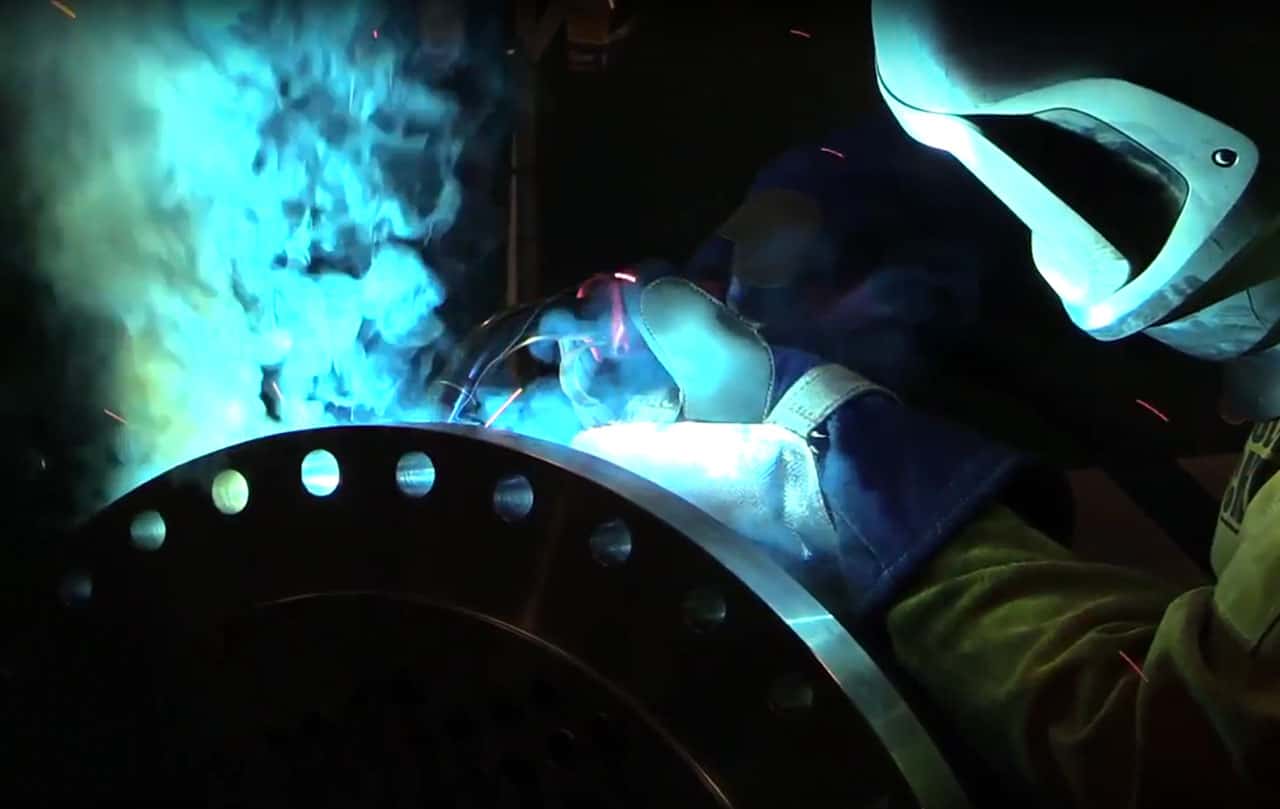A heat exchanger is a particular device that assists in the shifting of heat from one fluid to the other. In some instances, a solid wall may separate the fluids and prohibit them from mixing. In other cases, the fluids may be in direct contact with each other. In the most adept heat exchangers, the surface area of the wall between the fluids is boosted while simultaneously minimizing the rate of fluid flow resistance. Fins or corrugations are often used with the wall in order to expand the surface area and to induce turbulence.
Common household appliances which contain a heat exchanger are everyday products such as air conditioners, refrigerators, and space heaters. These appliances are also used in chemical processing and power production. Maybe the most commonly known heat exchanger would be a car radiator, which cools the hot radiator fluid by taking advantage of airflow across the surface of the radiator. In the Brisbane region and interested in heat exchangers? Keep an eye out for the best out there.
There are three basic flow arrangements with heat exchangers, and they are counter-flow, parallel-flow, and cross-flow. In the counter-flow exchanger, the fluids enter the exchanger from opposite sides. This is the most effective arrangement because it transfers the greatest amount of heat. In the parallel-flow version, the fluids enter in from the same end and move parallel to each other as they move to the other side. The cross-flow heat exchanger transfers the fluids in a perpendicular mode.
Heat exchanger designs come in four different configurations: shell and tube, plate, regenerative, and intermediate fluid or solid. The most used type is the shell and tube design. This has multiple finned tubes. One fluid runs through the tubes while the other fluid runs over them, causing it to be heated or cooled. In the plate heat exchanger, the fluid flows through baffles. This causes the fluids to be separated by plates with a wide surface area. This type of exchanger is typically more capable and effective than the shell and tube design.
The regenerative heat exchanger makes good use of the heat from this means in order to heat the fluid used in the same process. These can be made with the shell and tube design or the plate design. The intermediate fluid or solid heat exchanger uses the fluids or solids, within it, to retain heat and move it to the other side so it can be released. This method is commonly used to cool gases while expelling impurities at the same time.
Importance to Manufacturing
This symbiosis is always considered when designing equipment that is specifically intended to transfer heat — or to not transfer heat. Cooking pots, cooling fins on a motorcycle engine, even one person warming another’s cold hands are all instances of enhancing the heat transfer coefficient. The greatest single contributor to better transfer coefficients, given the material constraints, is rapid movement of the fluid phase of the components.

